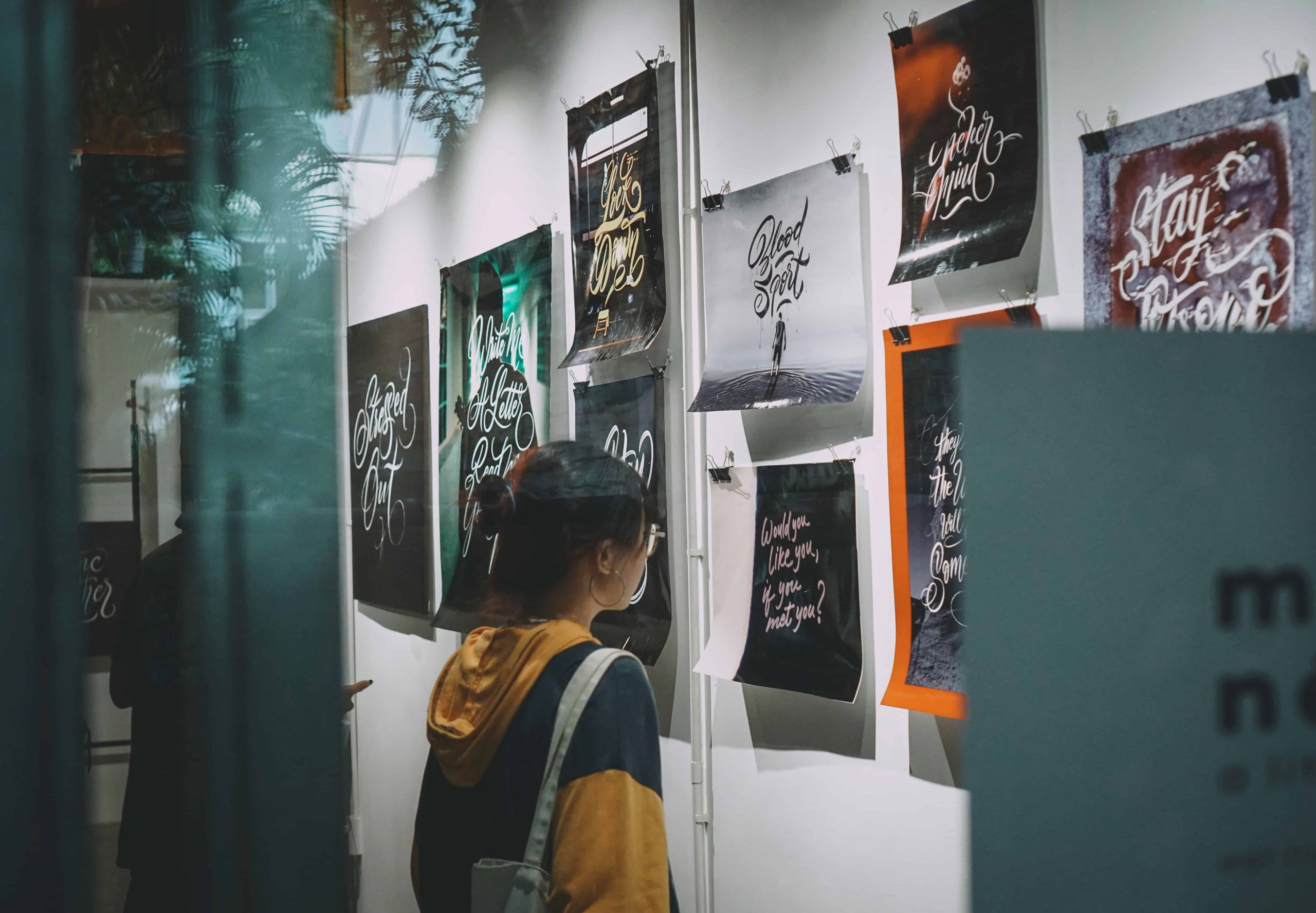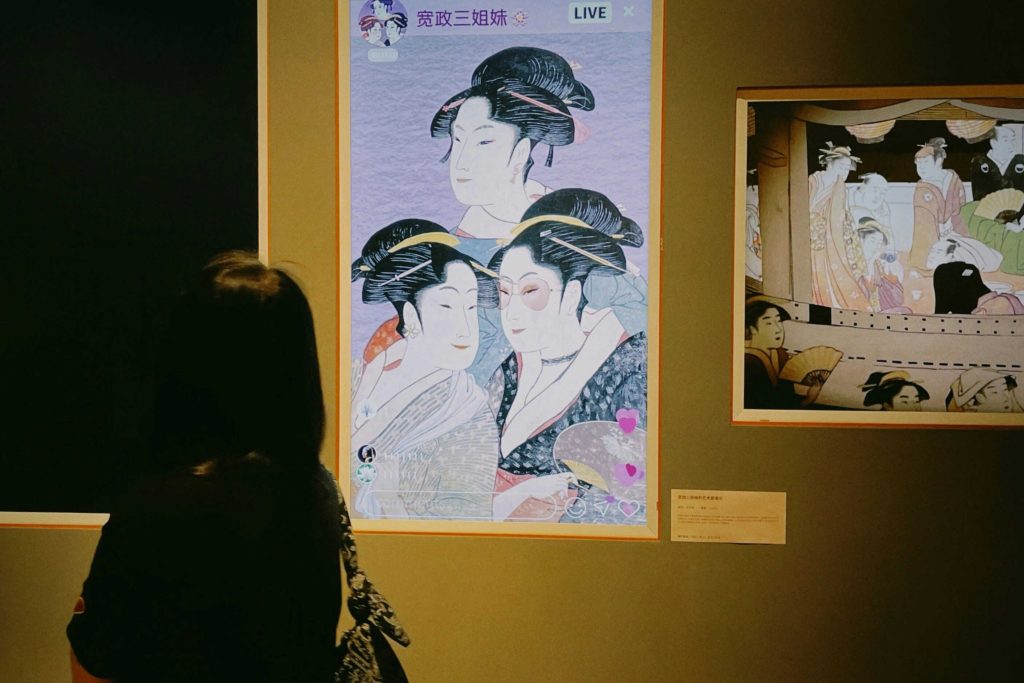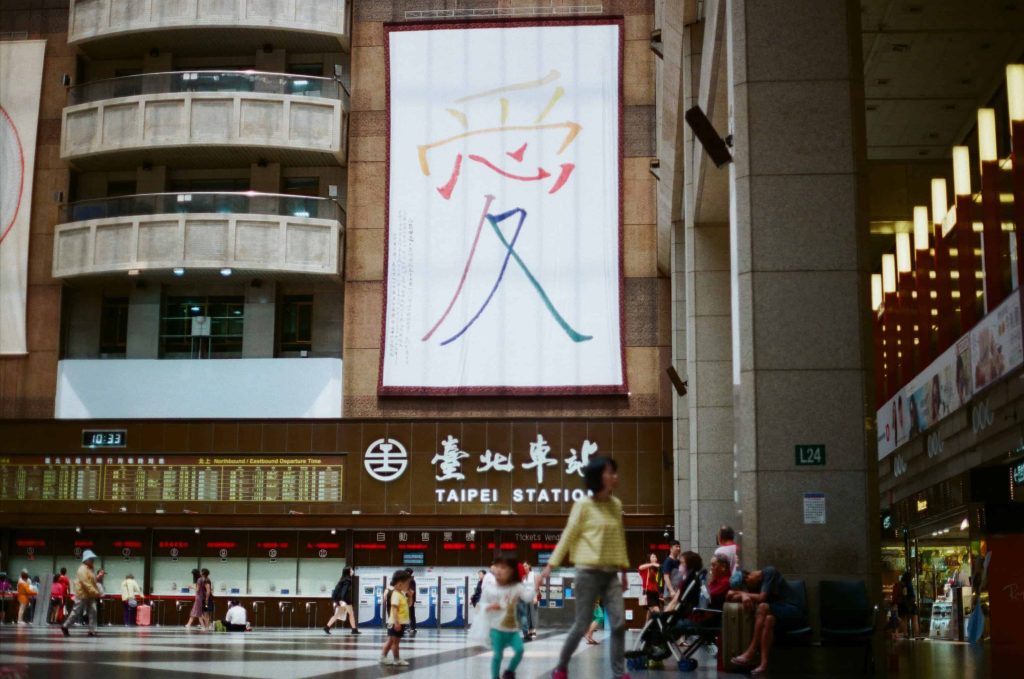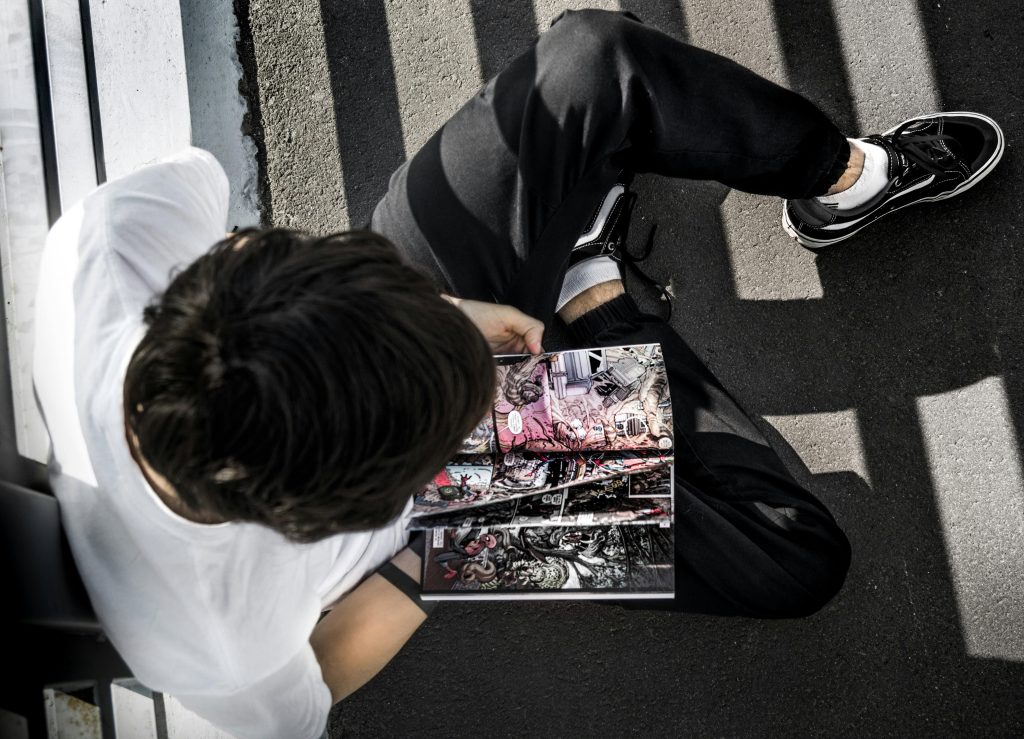
19 May Bridging Cultures Through Art: Strategies for Cross-Cultural Art Promotion
Cross-Cultural Art Promotion Initiatives
In today’s rapidly globalizing world, the significance of cross-cultural art promotion cannot be overstated. As societies become increasingly interconnected through travel, migration, and digital communication, the ability of art to function as a universal language has become more valuable than ever. Artistic expression offers a unique and emotionally resonant means of fostering empathy, mutual respect, and intercultural dialogue. By bridging cultural differences, art contributes to building more inclusive communities, encouraging people to see the world from diverse perspectives, and inspiring conversations that transcend linguistic or political barriers.
Effective cross-cultural art promotion extends far beyond simply displaying artworks from different cultures. While exhibitions and showcases play a vital role, the core of successful initiatives lies in meaningful engagement that honors the depth and complexity of each cultural narrative. This means developing initiatives that not only highlight artistic beauty but also contextualize it within the historical, spiritual, and social realities from which it emerged. To be genuinely impactful, such efforts must demonstrate cultural sensitivity, foster mutual respect, and empower local voices. Sustainable connections, rather than one-time events, are the hallmark of effective cross-cultural art promotion.
This article aims to provide a comprehensive look at the strategies and guiding principles that underpin successful cross-cultural art initiatives. It will focus on practical and ethical approaches that facilitate meaningful interaction between diverse artistic traditions and global audiences. Without delving into specific case studies or legal frameworks, the emphasis remains on the importance of inclusivity, authenticity, and innovation in cultivating global artistic dialogue.
Key Strategies for Effective Cross-Cultural Art Promotion
One of the most transformative tools in cross-cultural art promotion is digital technology. In recent years, digital platforms have revolutionized how people engage with art, allowing for broader access and deeper interaction. Online exhibitions and virtual museum tours, for example, enable individuals from different parts of the world to experience art without having to travel physically. These platforms often include multimedia enhancements such as high-resolution imagery, audio guides, and interactive storytelling, which enrich the experience and provide valuable cultural context. Virtual reality and augmented reality experiences are also becoming increasingly popular, offering immersive encounters with artworks and cultural environments that were previously out of reach.
Social media has emerged as a critical space for cross-cultural artistic exchange. Platforms like Instagram, TikTok, and YouTube have empowered artists to share their work directly with global audiences, bypassing traditional gatekeepers and institutions. These channels allow for real-time interaction, cross-border collaborations, and the growth of international art communities. Furthermore, digital archives and open-access repositories serve as essential educational resources, making it possible for researchers, educators, and students to explore cultural heritage collections and understand the broader narratives that shape artistic expression.
Collaborative partnerships form another pillar of effective cross-cultural art promotion. When institutions such as museums, galleries, universities, and cultural organizations join forces, they can pool resources, share expertise, and co-develop projects that reflect a plurality of perspectives. Artist residencies and exchange programs, in particular, provide invaluable opportunities for creative professionals to engage with different cultures firsthand. These immersive experiences allow artists to draw inspiration from new environments, form relationships with local communities, and create work that reflects genuine intercultural dialogue. International art festivals and biennials also play a crucial role in spotlighting diverse voices and curating thematic exhibitions that address global issues through culturally specific lenses.
Educational and outreach programs are essential in making cross-cultural art more accessible and relevant to a wide range of audiences. Through workshops, artist talks, and seminars, participants can gain firsthand insight into creative processes and cultural significance. These initiatives often help break down perceived barriers between the artist and the audience, encouraging interaction, dialogue, and shared learning. Community engagement programs go a step further by inviting members of the public to actively participate in artistic projects, often focusing on themes that are locally meaningful yet globally resonant. In the long term, integrating cross-cultural content into school curricula fosters appreciation from an early age, cultivating generations that value diversity and cultural literacy.
Strategic use of media and public relations is another effective approach to promoting cross-cultural art initiatives. Engaging the global press, including art critics and cultural journalists, can help broaden visibility and attract attention to underrepresented artistic narratives. Multimedia content such as video documentaries, podcasts, and interactive web features can effectively communicate the stories behind the artworks, the voices of the artists, and the significance of the cultural traditions represented. Public awareness campaigns that are thoughtfully designed can help demystify unfamiliar art forms and encourage open-minded exploration, ultimately contributing to a more informed and engaged public.
Core Principles for Successful Cross-Cultural Art Promotion
Cultural sensitivity and respect must be the foundation of all cross-cultural art initiatives. This begins with a deep understanding of the cultural, historical, and social contexts in which an artwork was created. When promoting art from different cultures, it is important to avoid exoticism or tokenism, which can trivialize or misrepresent complex traditions. Instead, efforts should focus on authenticity and collaborative storytelling, ensuring that the narrative reflects the voices and perspectives of the communities from which the art originates. Involving cultural advisors or local curators in the planning and interpretation process can significantly enhance the accuracy and integrity of presentations.
Empowering local voices is equally crucial. Rather than imposing external interpretations or frameworks, successful initiatives make space for artists and cultural practitioners to represent their own stories. This not only promotes artistic agency but also contributes to a richer, more nuanced understanding of the art. Audiences are more likely to connect with work that is presented in a way that feels genuine and grounded in the lived experiences of its creators.
Accessibility and inclusion are additional cornerstones of effective cross-cultural art promotion. To reach a broad audience, initiatives must address barriers such as language, physical accessibility, and the digital divide. Providing multilingual materials, audio guides, and subtitled content ensures that non-native speakers and international audiences can fully engage with the work. Physical accessibility must also be considered to accommodate individuals with mobility challenges or sensory impairments. On the digital front, ensuring that websites and virtual exhibitions are mobile-friendly and compatible with screen readers can significantly enhance usability. Inclusive outreach also means engaging marginalized communities and providing opportunities for diverse audiences to see their cultures reflected in the art world.
Sustainability and long-term impact distinguish meaningful cultural initiatives from fleeting or superficial efforts. Building enduring relationships between artists, institutions, and communities creates a foundation for continued collaboration and mutual enrichment. These connections often lead to the co-creation of new works, educational partnerships, and ongoing dialogue that extends far beyond the life of a single exhibition or event. Promoting cultural exchange—where learning flows in both directions—is more valuable than passive consumption of another culture’s artistic output. Regularly assessing the outcomes of cross-cultural initiatives, gathering feedback from participants, and adapting practices based on these insights helps ensure that projects remain relevant and effective over time.
Challenges and Considerations in Cross-Cultural Art Promotion
While the benefits of cross-cultural art promotion are numerous, the path is not without its difficulties. One of the most significant challenges is navigating political and economic disparities between regions. Differences in funding structures, governmental support for the arts, and cultural policy can affect the feasibility and scale of collaborations. These disparities can also influence how art is interpreted, received, or even permitted in certain contexts, particularly when addressing sensitive or contested topics.
Financial and logistical constraints also present major obstacles. Organizing international projects can be expensive and time-consuming, requiring careful planning around transportation, accommodation, insurance, and production. Smaller organizations or independent artists may struggle to access the necessary resources to participate in such initiatives, which can inadvertently limit the diversity of voices involved. This underscores the importance of equitable resource distribution and the need for creative solutions such as remote collaborations or hybrid event models.
Cultural misunderstandings are another area of concern. Without deep research and open communication, projects risk misrepresenting or oversimplifying cultural expressions. Miscommunication can lead to offense, especially when symbols or practices are taken out of context. Building partnerships based on mutual learning, respect, and shared decision-making can help prevent these issues. It is essential to approach each culture with humility and a willingness to listen and adapt.
Lastly, maintaining authenticity in cross-cultural art promotion requires constant vigilance. There is a fine line between appreciation and appropriation, especially in globalized creative industries where cultural elements are often commodified. Respecting the origins of artistic traditions and crediting the creators properly is not only an ethical obligation but also a way to protect the integrity of cultural expressions. It is important to focus on collaboration and ethical storytelling rather than mere aesthetic borrowing.
The Future of Cross-Cultural Art Promotion
The future of cross-cultural art promotion is likely to be shaped by emerging technologies and shifting cultural landscapes. Innovations in artificial intelligence, extended reality, and blockchain technology are beginning to influence how art is created, shared, and experienced. These tools can support more interactive, participatory forms of cultural exchange, allowing users to step into virtual cultural environments or engage with generative artworks that respond to their input. Such developments have the potential to make cultural experiences more personalized and immersive, reaching audiences who may not otherwise have access to traditional institutions.
The expanding digital landscape is also fostering new models of collaboration. Virtual studios, online artist collectives, and decentralized platforms are enabling creatives from around the world to co-create projects in real time, regardless of physical location. This not only reduces logistical challenges but also democratizes access to global artistic networks. As a result, previously underrepresented voices have greater opportunities to participate in and shape the global art conversation.
Opportunities for broader global collaboration continue to grow, particularly as cultural institutions seek to diversify their collections, programming, and partnerships. The increasing emphasis on decolonizing art spaces and correcting historical imbalances has led to more intentional efforts to engage with communities that have historically been excluded from mainstream narratives. These trends point to a future in which cross-cultural art promotion is not only more inclusive but also more ethically grounded and socially responsive.
Conclusion
Cross-cultural art promotion plays a pivotal role in fostering global understanding and celebrating the rich diversity of human expression. By implementing thoughtful strategies—such as embracing digital innovation, fostering institutional partnerships, investing in education, and using media effectively—cultural organizations and artists can bridge divides and create meaningful connections across borders. These efforts are most impactful when grounded in principles of cultural sensitivity, inclusivity, and sustainability.
Art holds a unique and enduring power to connect people across languages, borders, and worldviews. It serves as a mirror through which societies see themselves and each other, helping to challenge assumptions and build empathy. As the world continues to evolve, it is essential for the art community to remain committed to cross-cultural dialogue that honors the authenticity of every tradition and voice involved.
The road ahead requires creativity, collaboration, and a steadfast commitment to ethical engagement. By continuing to innovate and work together, artists and institutions can ensure that the arts remain a vital force for unity, understanding, and global transformation.
Key Takeaways
- Cross-cultural art promotes global understanding by fostering empathy, inclusivity, and dialogue across communities.
- Effective initiatives prioritize engagement, cultural respect, and long-term relationships over simple art display.
- Digital platforms expand access, using virtual exhibitions, social media, and interactive tools to connect global audiences.
- Collaborations strengthen impact, especially through artist exchanges, festivals, and institutional partnerships.
- Education and outreach build cultural literacy, starting with community programs and curriculum integration.
- Inclusivity and accessibility are essential, addressing language, physical access, and diverse audience needs.
- Challenges exist, including political, financial, and cultural barriers, requiring thoughtful, ethical approaches.
- Innovation drives the future, with technology enabling immersive and collaborative global art experiences.
FAQs
Why is cross-cultural art promotion important in a globalized world?
Cross-cultural art promotion fosters empathy, mutual respect, and global dialogue by highlighting diverse perspectives. In an interconnected world, it helps break down stereotypes, celebrates cultural richness, and builds inclusive communities through the universal language of art.
What makes an art initiative truly cross-cultural and effective?
Effective cross-cultural initiatives go beyond displaying art—they involve meaningful engagement, cultural sensitivity, and empowering local voices. These efforts prioritize collaboration, context, and sustainability, creating long-term relationships that support mutual learning and genuine cultural exchange rather than one-sided representation.
How can technology enhance cross-cultural art promotion?
Technology enables broader access through virtual tours, online exhibitions, and global social media platforms. It allows artists and audiences from different backgrounds to connect, collaborate, and share experiences, making cultural heritage more accessible and interactive in both educational and creative ways.
From major museum installations to intimate gallery showings, this article reveals the latest trends and best practices in sustainable art presentation, empowering professionals and enthusiasts alike to embrace eco-friendly approaches without compromising on creativity or quality.




